AMD Catalyst Omega Performance and Developer Improvements
As mentioned at the start, gaming performance gains with Catalyst Omega for discrete graphics cards can be as much as 19 percent compared to 13.12, though as the chart shows gains in affected games are likely to be closer to 10 percent or less, and it of course depends on your exact configuration and in-game settings. The same as true for APUs, where AMD says up to 29 percent is possible (compared to 14.2). Finally, through efficiency gains, AMD tells us that performance on AMD platforms (i.e. an AMD APU paired with an AMD GPU) can increase by as much as 15 percent.Catalyst Omega takes steps to further improve frame pacing in Dual Graphics environments. Dual Graphics refers to situations where the GPU component of an APU is paired using CrossFire with a low-end discrete GPU. The examples AMD give are based on an A10-7850K paired with an R7 250, for example, which is clearly a low-end set-up. Nevertheless, it claims to offer up to around 5 percent more performance and, more importantly, a lower standard deviation between frame times (the closer to zero this is the better), in some cases up to 75 percent better.
For users who have “too much” performance i.e. their graphics hardware is outputting more frames than is useful even with all the settings at full, AMD is introducing Virtual Super Resolution, which is, practically speaking, the same as Nvidia's Dynamic Super Resolution in that it brings super-sampled anti-aliasing to games that don't natively support it. VSR allows you to render a game at a higher resolution than your native screen resolution, before downscaling it and bringing the higher detail levels with it. In some games it can even give you a competitive advantage by increasing the amount of a map you can see in an RTS, for example.
VSR is a game and engine agnostic feature, but it can currently only be used on the R9 290 series and the R9 285, though other graphics cards will follow in Q1 2015. It works on 1080p, 1,920 x 1,200 and 1440p displays at various levels of scaling up to 4K, though 4K rendering appears to only be supported on the R9 285 for now for some reason. It is enabled with a check box in the CCC, after which a list of higher-than-native resolutions should become available for selection in your games. AMD has not spoke of any blurring or filtering being applied to the final image – with DSR, Nvidia applies a Gaussian Blur filter to smooth the final output slightly.
AMD was also keen to discuss its developer relations, especially with regards to its API, Mantle. It boasts of support in four game engines (Frostbite 3, Nitrous, CryEngine and Asura), 10 publicly announced developers, 20+ launched or in-development Mantle titles and almost 100 registered developers in the Mantle Beta program. Furthermore, with Catalyst Omega, AMD's Gaming Evolved client (powered by Raptr) will now allow for the capturing, streaming and editing of in-game footage when running games with Mantle, as well as the ability to capture FPS data (much like FRAPS does for DirectX games). This applies to all GCN-based APUs and Radeon graphics cards.
Catalyst Omega also continues AMD's support for the OpenCL 2.0 programming standard by offering the most complete support currently available for it in the APP SDK 3.0, which is included as part of the download. OpenCL is open source, cross-vendor and non-proprietary, and it's specifically geared towards heterogeneous systems. It therefore allows developers to extract the benefits of AMD's use of Heterogeneous System Architecture in its latest APUs. AMD has also announced full support of the HSA 1.0 specification (currently in a provisional state) with its Carrizo APUs due next year.
AMD is also offering developers development tools that are downloaded separately from but still tie into improvements made in the main Catalyst Omega driver. These most notably include its HSA Runtime, AMD CodeXL 1.6 and GPU PerfStudio 3.1. CodeXL is a tools suite designed to help developers utilise the GPU as best and efficiently as possible. Introduced in 1.6 is a power profiler, which can display information about power consumption, frequency, temperature and voltage/current information to help analyse application performance. There's also GPU profiler support for OpenCL 2.0. Finally, GPU PerfStudio 3.1 is a performance analysis and debugging tool for gaming and graphics applications; it now comes with Mantle and OpenGL 4.4 support amongst other performance and stability improvements.
While driver updates are never as exciting as a fresh batch of hardware to play with (at least for us), it's clear that Catalyst Omega is a bigger step than usual for AMD. While it isn't likely to revolutionise your experience as an end user, free performance and improved video output quality are always welcome. It's also good that AMD isn't ignoring Nvidia's own progress, with the launch of the admittedly more limited VSR going some way to combat the green team's DSR. We're also excited to see what FreeSync can do, and curious as to how AMD's commitment to OpenCL 2.0, HSA and Mantle will play out in the future. As ever, let us know your own thoughts in the forums.

MSI MPG Velox 100R Chassis Review
October 14 2021 | 15:04


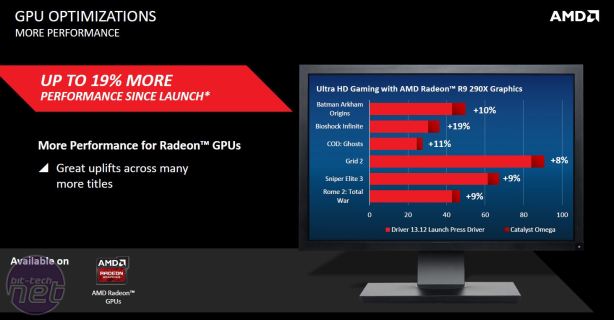
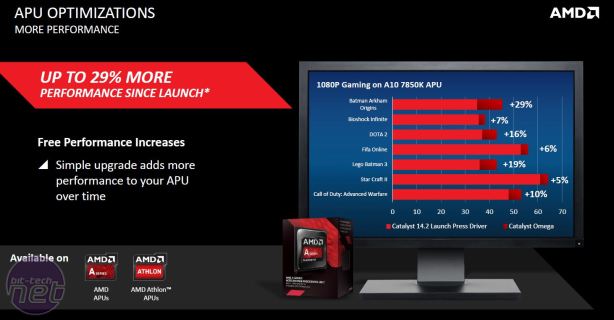
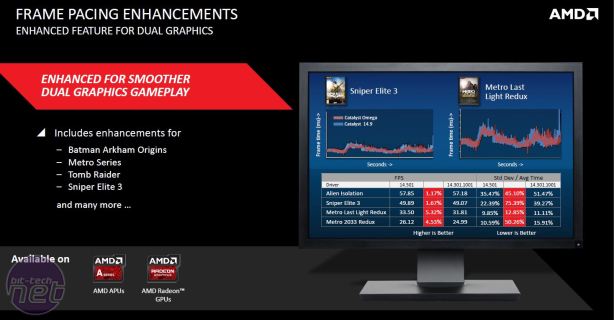
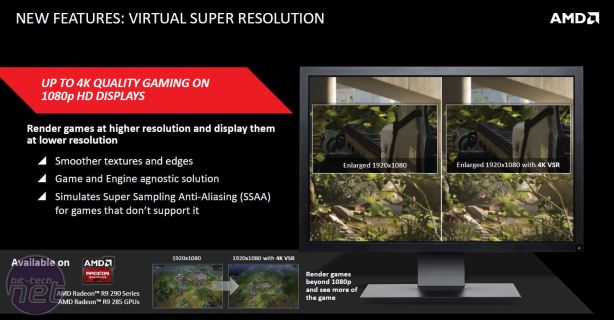
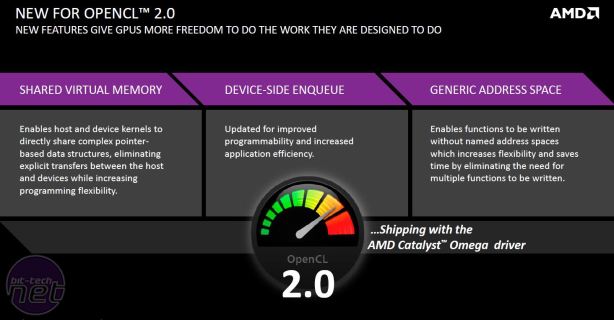
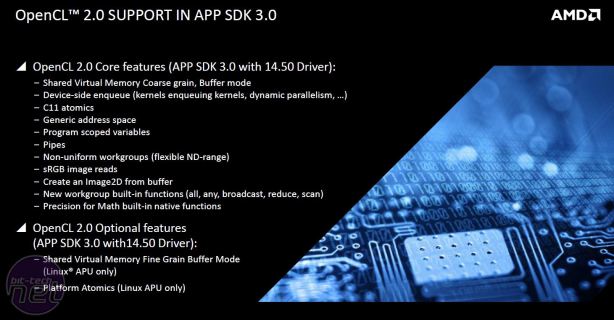
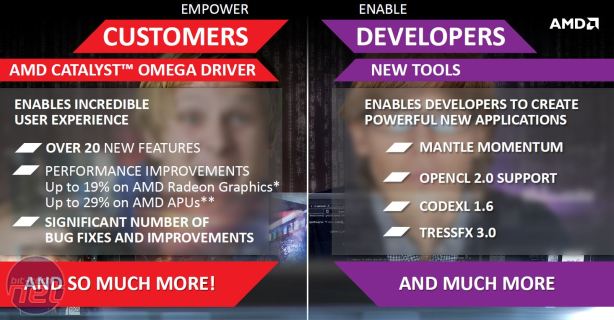







Want to comment? Please log in.